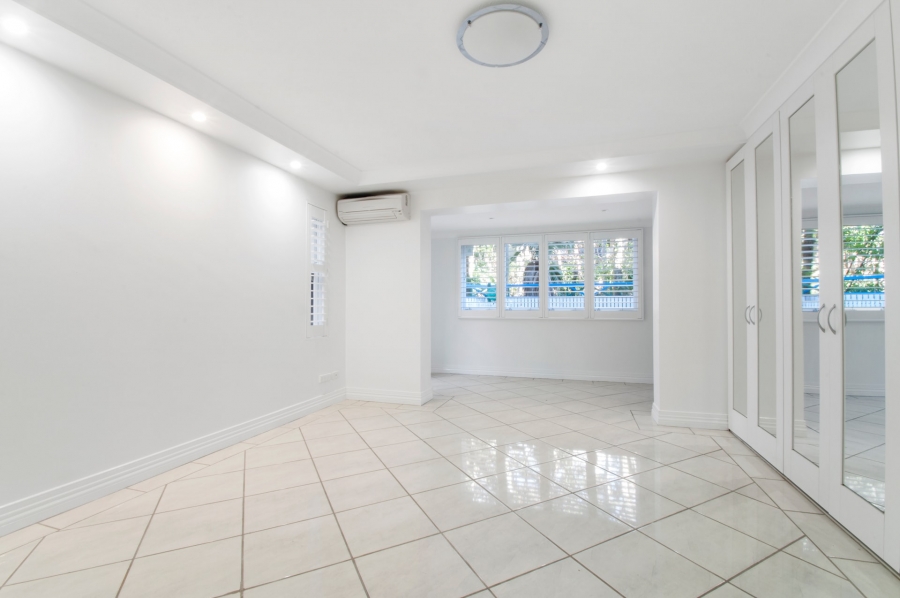When the rental income from a prospective unit is $2,000 but the lender tells you they can only use $1,500 of that…what gives? That is if you’ve been a landlord before with at least two years of experience. First time real estate investors can expect to have the new mortgage on the unit be counted 100% against their debt ratios even though there’s $2,000 worth of rent coming in each month. That can be a challenge for first time investors but when it comes to the second rental, lenders will in fact use the income from the rental to help qualify. Lenders want to see you can properly manage and maintain the rental unit for two years. With two years’ experience, the income can be used. But not all of it for qualifying.
If you think about it that does make sense, but maybe not in the way you’re thinking. One of the lender’s qualifying guidelines is there be at least two years’ experience of being a landlord. Once that milestone has occurred, it becomes much easier to qualify as in most cases the income from the rental outpaces the costs of ownership including the principal and interest amount, taxes and insurance. A positive cash flow is needed, otherwise it’s an expense, not income.
Yet the 25% discount lenders apply when qualifying means that a $2,000 rent means $1,500 in usable income. The difference is that yes, there will be maintenance involved. Carpet needs to be replaced, a water heater goes out or the stove in the kitchen goes on the blink. These expenses must be borne by the landlord (in most cases, anyway) and not the tenants. These expenses help account for part of the 25% discount.
The other, and the primary explanation for the discount, is the unit won’t be rented 100% of the time. Every month for the entire year with no exceptions. It doesn’t happen. Yes, even in a hot rental market where rental units simply don’t stay on the market for very long there will be times when it’s not occupied with cash paying tenants.
There can be lag times to list the property on the local MLS for rent. The property is listed, and it takes a couple of months to find the right tenant. That’s two months’ worth of no income from the unit. No $1,500 much less $2,000. That’s common. What’s uncommon and really doesn’t happen very often is someone moving in the day after the old tenants have moved out. Yes, that can happen but in all practicality it doesn’t.
When tenants move out the landlord will need to update and repair the unit before the next set of tenants. Even things such as new coats of paint and shampooing the carpets take some time. Fresh paint, polished appliances and brand new flooring is appealing to potential tenants. Making these changes takes some time, albeit relatively short. Still, the unit is unrented during this time.
Both listing the unit and preparing to put the unit on the market takes time. But the rental income will be discounted from the actual amount when it comes to time head to the lender for financing.






